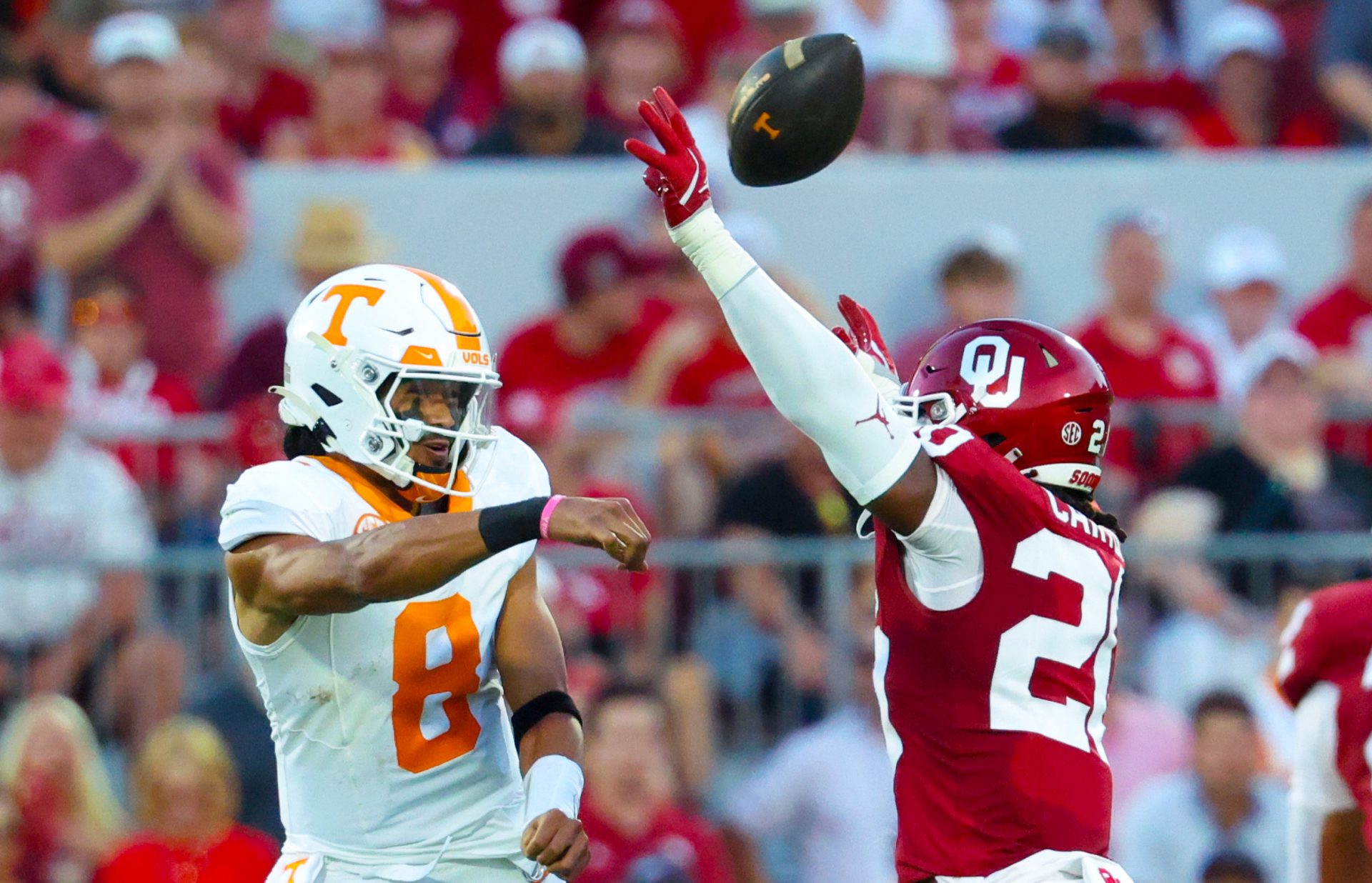The 2025 transfer portal is reshaping college football, with big names like Nico Iamaleava on the move and schools scrambling to keep up amid NIL chaos.

Transfer Portal Pipeline: Which Schools Lose the Most Talent—and Why?
The college football transfer portal has changed how teams manage their players, creating a busy marketplace where athletes can find better opportunities and schools can quickly rebuild their teams. As the 2025 spring transfer window opened on April 16 (closing on April 25), thousands of players are looking to switch schools. Some programs are losing more star power than others, and understanding why this happens can tell us a lot about college football today.
The Biggest Transfer Losers and the Reasons Behind Them
Tennessee is probably the biggest loser in this year’s transfer portal drama. Their starting quarterback, Iamaleava, a former five-star recruit who was supposed to be the face of their program, left the team after trying to renegotiate his NIL (Name, Image, and Likeness) deal. Reports say he wanted about $4 million annually – nearly double what he was already making. This left Tennessee coach Josh Heupel scrambling to find a replacement quarterback through the portal.
Schools going through coaching changes also tend to lose more players. Stanford and Kent State saw many players leave after their head coaches were dismissed. Players at these schools used their 30-day transfer windows to find new teams. Other programs seeing notable departures include Missouri (linebacker Mikai Gbayor), South Dakota (offensive tackle Joe Cotton), Washington, and Georgia (wide receiver Johntay Cook and quarterback Jaden Rashada).
Why Some Schools Can’t Keep Their Players
Specific programs lose more talent than others, and the reasons for this often come down to a few key factors. Money plays a huge role now that players can earn from NIL deals. Schools that can’t or won’t meet players’ financial expectations risk losing their stars, as we saw with Tennessee and Iamaleava.
Coaching changes create uncertainty that drives players to look elsewhere. Players might worry about their fit or playing time when a new coach comes in with different systems or philosophies. Speaking of playing time, that’s another major reason players transfer – backups often leave in search of starting roles at other schools.
Some schools are better at keeping their talent. Clemson, for example, doesn’t rely much on the transfer portal and focuses on developing the players they recruit. Programs with coaching stability and competitive NIL packages tend to have less trouble with players leaving.
The NCAA has tried to manage all this transfer activity by shortening the transfer windows to reduce roster uncertainty. However, with NIL deals and expanding player rights, the portal remains a powerful force reshaping college football rosters yearly.
The ripple effects are significant too. When a big name like Iamaleava transfers, it can start a chain reaction as teams adjust their rosters. Tennessee’s quarterback vacancy might lead other programs to look for new quarterbacks, causing multiple transfers across the country.
KEEP READING: Transfer Portal Watch: Full List Defensive Talents Who Entered Spring Window on Day 1
As the 2025 spring transfer window continues, teams that can adapt quickly and manage their rosters strategically will have the advantage in college football’s new era of player movement.
College Sports Network has you covered with the latest news, analysis, insights, and trending stories in college football, men’s college basketball, women’s college basketball, and college baseball!

